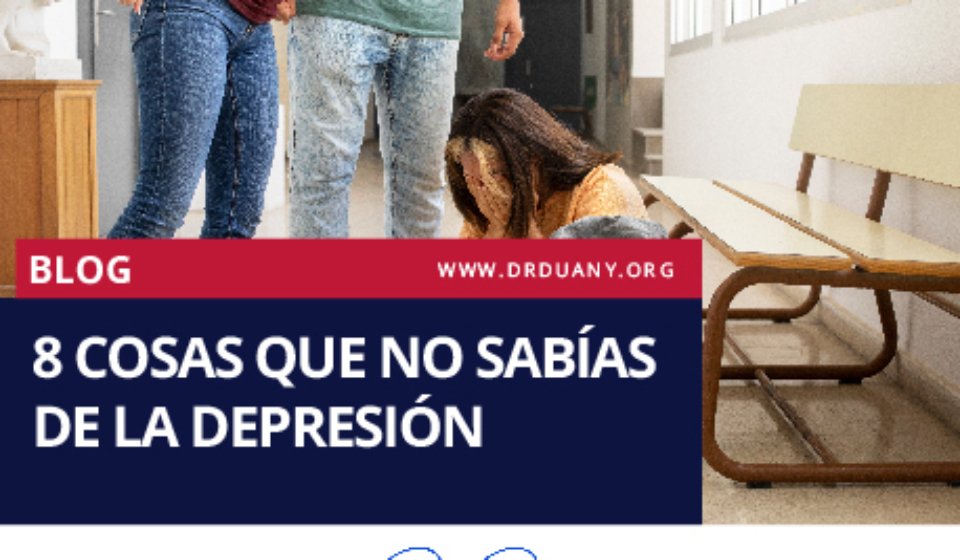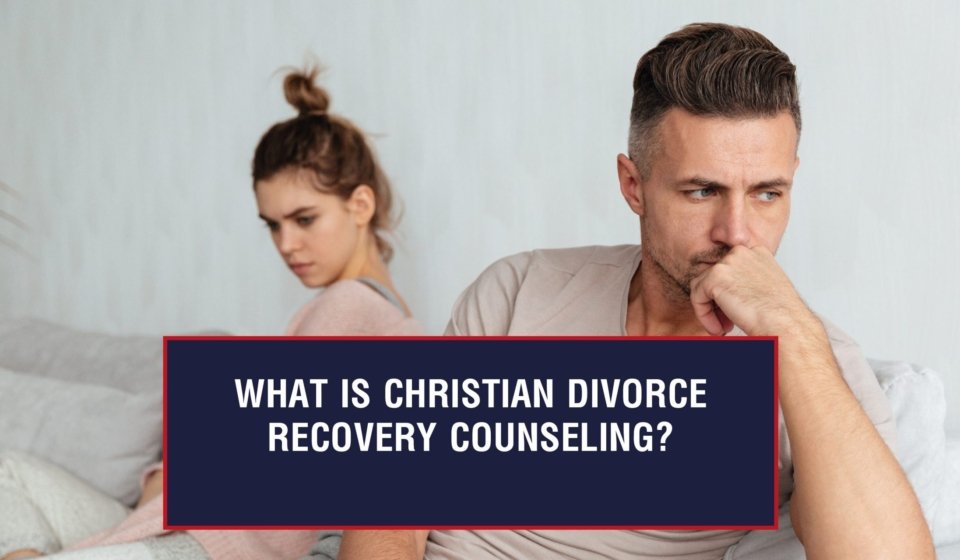Learning about bullying is something that must be assumed by society worldwide. Especially, due to the increasing rate of occurrences in every country.
Recent research reveals that for every 10 children and adolescents, 6 of them have suffered bullying. Research also reveals that every year, approximately 200,000 children and young people around the world die at the hands of this silent enemy.
The good news is that, the same organization that reveals this data declares “we can defeat this enemy and save many lives”. And on the other hand, you and I are part of this and can contribute with good practices at home and at school.
Bullying can be prevented by giving it global visibility
It is possible to avoid bullying or school harassment by understanding that it is a reality and must be made visible. This is what Dr. Javier Miglino, expert in Child Protection, founder of Bullying Without Borders and creator of the World Day Against Bullying, states.
This NGO has presented global statistics on harassment (2020/2021) with the support of 50,000 professional collaborators in more than 30 countries. Some of the results obtained were:
- 85% of the cases take place in school institutions.
- More than 90% of cases are not reported to teachers.
- 74% of children between 8 and 14 years have experienced bullying.
On the other hand, organizations such as the UN, UNICEF and UNESCO also state that bullying is a “real scourge” worldwide. For this reason, they have planned actions to address it and urge the inclusion of government policies in each nation to deal with it.
What can we do in our homes and schools?
Home and school are the main places where bullying takes place. Moreover, these are the main environments for the formation of the behavior of our children. Let us briefly share 6 fundamental strategies or actions to prevent bullying.
1. Understand the definition of bullying
According to the World Health Organization, bullying is any form of physical, psychological or sexual intimidation or attack; it occurs repeatedly and causes harm, distress and/or fear to the victim.
Lack of clarity makes bullying go unnoticed. Expressions such as “it’s kid stuff”, “it’s no big deal,” or “I don’t think it’s bullying” are triggers. These can normalize the bully’s attitude or silence the victim. I have often recorded this in my consultations.
2. Do not ignore irregular situations
A common mistake is to believe that it will disappear soon and that children can solve it on their own. To prevent bullying, it is important to know how to assess the situation. The following questions can help you:
- Have there been previous conflicts?
- Does the child feel that there is no equality of power?
- Does the child fear that it will happen again?
- Have those involved been meeting? (especially among adolescents)
- Find out the background of those involved Are any of them supported by a gang or have they been assaulted before?
- Does he/she prefer to isolate him/herself?
3. Talk about bullying, take action and report it
Before speaking, listen attentively and with a commitment to the needs of each individual; understand their interests, possible fears, beliefs, or what they see as a challenge.
Lean on activities that encourage working together as well as altruism and empathy.
4. Do your research and stay informed
UNICEF has made available a teaching and approach space to prevent bullying or school harassment; it’s called Guided against Bullying. In this program several parents, students, teachers and influencers share their personal experiences about bullying.
Learn about the support work done by organizations such as Bullying Without Borders and other related NGOs.
5. Strengthen weak points
We can prevent bullying by knowing the weakness of the enemy. It is the misperception of themselves and the feeling of worthlessness present in each person involved. Let’s see briefly:
- The bully seeks to be recognized and/or reproduce the aggression he/she suffers or suffered.
- The bullied, is almost always someone who is insecure, isolated and/or has low self-esteem.
- Permissive or silent witnesses remain insecure in the face of others’ pain.
These are data that can be confirmed by experts in human behavior and development. Each person involved suffers and is a victim; they also reveal, from their place, their lack of love, security, empathy, self-esteem and protection.
As a therapist, I can assure you that no child learns to love, be safe and empathetic by reading a book. We need to love our little ones committedly and let them know that they are important.
6. Lean on the love that drives away fear
As we have just mentioned, any situation in which abuse is exercised or permitted is related to a lack of attention and self-esteem. To prevent bullying, our children need to feel loved.
Children who know they are loved will not need to attack or seek the attention they already have; they know they will be protected if they tell what is happening to them; they will know how to love and empathize and will not support abuse. However, in order to love your children, parents need to feel loved as well.
The good news is that above any affective deficiency you may have had, the love of God prevails and renews (1 Juan 4.8, 16,18). The Presence of God makes us close and attentive to ourselves and to others.
You have my full support to transcend the difficulty. The gifts that God has given me are at your service. You can contact me at this number 407 618 0212.












